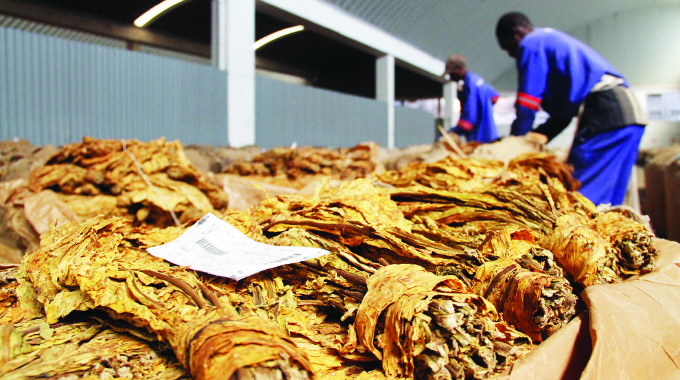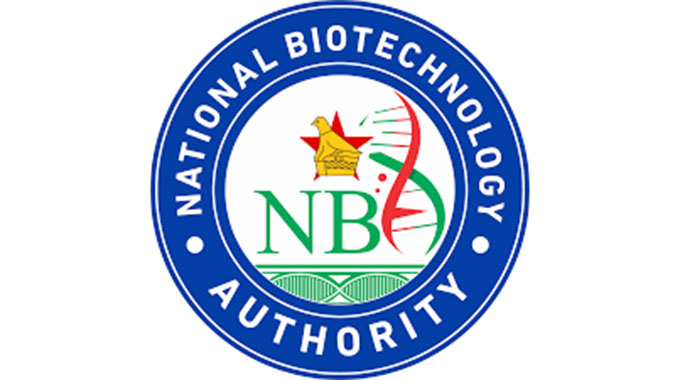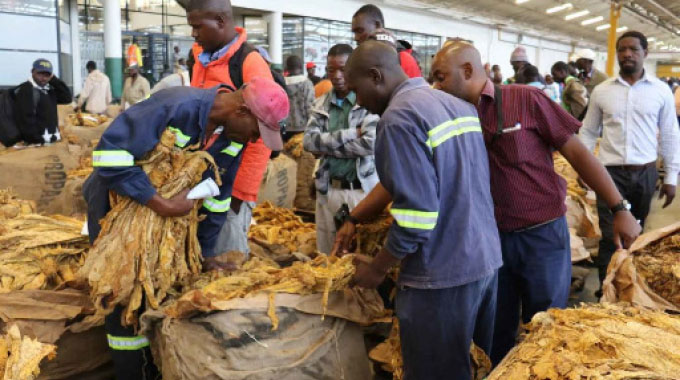World Cotton Day tenets: Is Zimbabwe walking the talk?

Edgar Vhera Agriculture Specialist Writer
AS Zimbabwe and the rest of the world edge closer to commemorating World Cotton Day on October 7, it is important for the country to do some introspection on what it has done or is doing to fulfil its mandate as espoused in the National Development Strategy 1 (NDS 1).
The NDS 2021-2025 put agriculture development as the bedrock from which the country will spring to attain its Vision 2030 objective of a prosperous and empowered upper middle-income society. To strengthen local agro-processing value chains, NDS1 will leverage on the existing processing capacity and potential throughput from agriculture with the cotton value chain being one.
Speaking on the significance of this day, Agricultural Advisory and Rural Development Services chief director Professor Obert Jiri said cotton was the country’s white gold that commands respect, value and a place in the agricultural value chain.
“The cotton sector is now on a rebound following Government’s intervention. There is need for a more coordinated approach, and more private sector support, particularly with textile processors taking the lead in supporting production of the raw materials they use. This will lead to utilisation of cotton lint locally, which is more sustainable than the what is currently happening with the bulk of lint getting exported and the remainder going to local industry,” Professor Jiri observed.
Cotton Producers and Marketers Association chairman, Mr Stewart Mubonderi said World Cotton Day celebrations presented an opportunity for all stakeholders in the cotton to clothing value chain to introspect and rate their role in economic the development trajectory.
“Cotton is a strategic crop in marginalised areas such as Gokwe and Muzarabani. It is their source of livelihood. Because of its importance in production of cooking oil and other by-products as well as generation of foreign currency, the Government saw it fit to offer free inputs to cotton farmers under the Presidential inputs scheme since 2016. Rural industrialisation is not possible without cotton development especially in agro-ecological regions three and four,” said Mr Mubonderi.
“I challenge the Agricultural Marketing Authority (AMA) and Ministry of Agriculture to intervene and make sure that input markets are established in these outlying areas so that farmers from places will not need to travel to Harare to get inputs,” added Mr Mubonderi.
He bemoaned the lack of value addition in cotton with the country preferring to export lint as opposed to value added products such as yarn or better still other high valued final products like clothes.
While officially opening the 60th edition of the Zimbabwe International Trade Fair (ZITF) in 2019, President of Uganda, Yoweri Museveni said his country shared the same dilemma with Zimbabwe, that of raw material exports but stressed the need to develop high value industries.
President Museveni said: “His Excellency has told me that as of today, Zimbabwe is only processing 30 percent of its cotton with 70 percent exported unprocessed. We need to educate our population that when you export a kilogramme of unprocessed cotton, when the prices are not good, you may get US$1 and when the prices are good you may get US$3. But the one who takes that kilogramme of cotton and makes it into a number of shirts may get US$15. So, you get US$1 from the same amount of cotton from which there is US$15. That means the country is donating US$14 to other countries. Therefore, when we go for a donor conference, one is not sure who the donor is and who the recipient is. It is, however, not loss of money – the US$14 in every kilogramme of cotton but the loss of jobs.”
The NDS1 rightly reveals that “the cotton value chain provides economic and livelihood synergies through vertical and sideway linkages with the textile, apparels, yarn, fabric, oil processing, and stock feed among other industries. However, the value chain has been affected by low uptake of cotton into the value chain due to antiquated machinery, outdated technology and emergence of competing alternatives such as synthetic fibres.
There is a huge gap between throughput and value-added cotton. In 2020 the uptake of cotton into the local value chain stood at 9 000 tonnes against throughput of 75 000 tonnes of cotton. The balance was exported.
To improve the performance of the cotton value chain, the NDS1 prioritises the increase of cotton uptake from 9 000 to 30 000 tonnes by 2025, increase production of yarn from 6 750 tonnes to 11 250 tonnes by 2025 and increase production of fabric material from 30 percent in 2020 to 50 percent by 2025.
But with the end of 2022 beckoning, what has the country achieved?
To improve performance of the cotton value chain the NDS1 is seeking strategies to attract new investors in the cotton value chain, promote the manufacture of explosives from cotton lint as a complex product with high value, establish the cotton value chain retooling revolving fund, promote of use of 100 percent cotton fabric in the production of apparels and strengthen anti-dumping measures to reduce the influx of second-hand clothes.
Has any of these tenets seen the light of the day or its still wishful thinking?
Under the Food and Nutrition Security Sector Development Results Framework 2021-2025, the NDS1 sought to improve seed cotton production from 101 000 tonnes in 2020, to 120 000, 150 000, 200 000, 250 000 and 265 000 tonnes in 2021, 2022, 2023, 2024 and 2025 respectively.
How do we explain the variation in the targeted 200 000 tonnes with the 55 000 tonnes achieved in 2022?
In terms of value addition NDS1 seeks to improve value of agro-processed goods with cotton uptake expected to rise annually from 9 000 in 2020 to 30 000 tonnes by 2025.






Comments